Colin Beard and John P Wilson, developed this fascinating model for experiential learning practitioners. The approach taken is well thought out and very much aligned with the approach I have taken in designing my learning programs. This model is useful in planning and designing a training program.
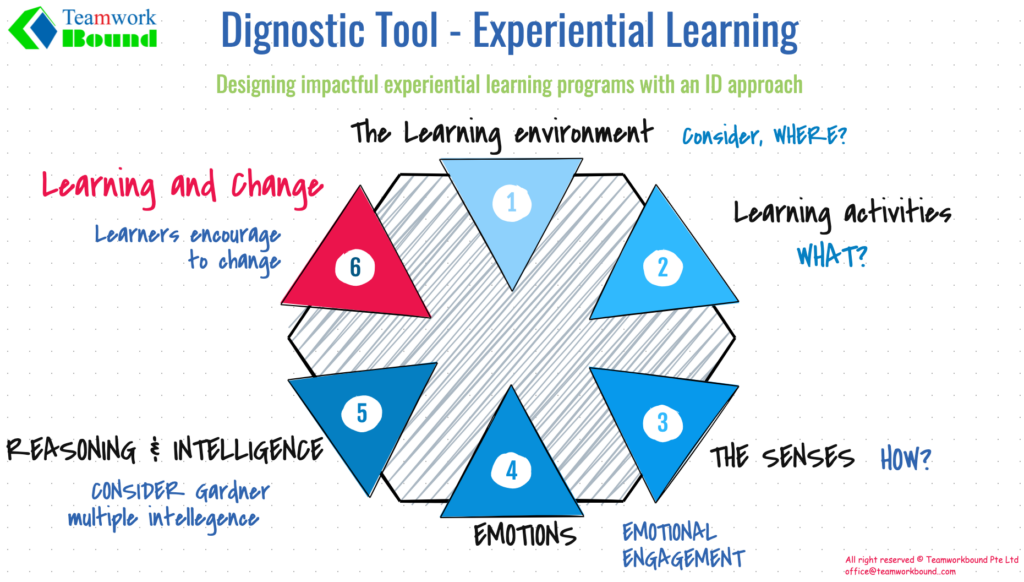
External Environment
Sensors
Internal Environment
- The learning environment
- The learning activities
- The sensors
Emotions in learning
- Reasoning and intelligence
Learning and change
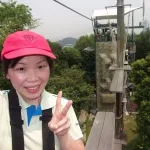
High elements
Outdoors and using the high elements
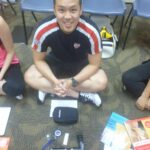
Use artefacts
Using artefacts to conjure up emotions
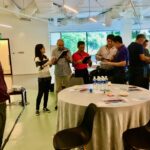
Facilitate change
Facilitate and encourage learning and change
Colin and Wilson, have shared a model that can help practitioners to think about what approach they can take to twig the design of their learning curriculum. I do have my own criticism of this approach, it did not place it on onset the need to distill what learning outcomes you want to achieve. This will include the gaps in the learner that you want to address. Having at least attempt to address this prior to the learning design will help you develop an awesome curriculum that will be impactful for the learner and the organisation.
Giving both scholars due credit, this may be the unsaid assumption you need to have when you work with the model that they have designed. Nevertheless this is a useful model to use in Tandem with Kolb’s learning cycle. That I will write more on my blogs.
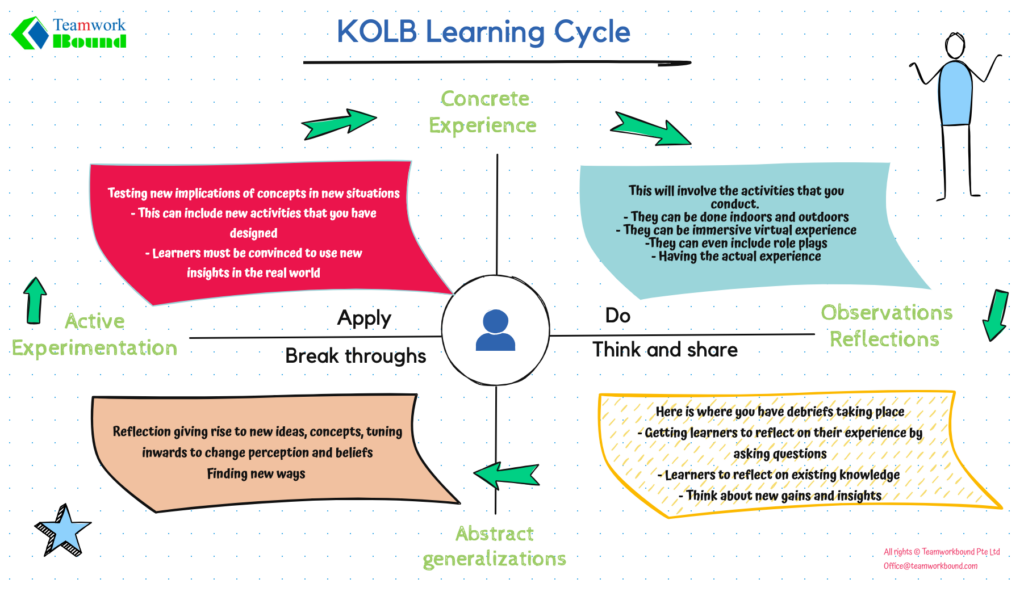
Kolb Learning cycle
The KOLB learning cycle has been pivotal for most experiential learning facilitators to get it right, when delivering outbound learning programs. Its simple to use and it allows for a facilitator walk through systematically what you want to process, bearing in mind what took place.
We use models like this to craft and develop our training sessions. We do evaluate all our training programs. Here is the evaluation score for the 4-days leadership program that we conducted for a government agency. Here are the evaluation results:
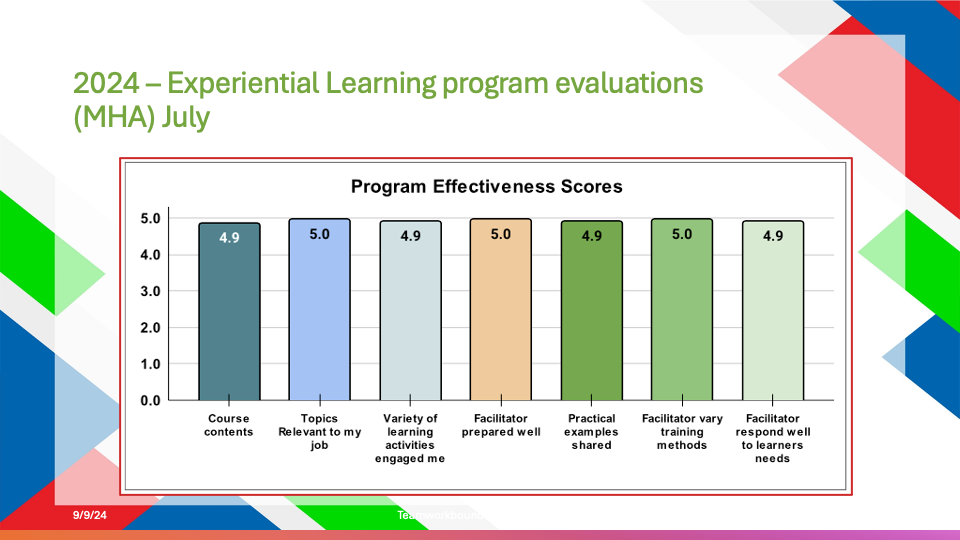
Our programs are robust, engaging and has components of experiential learning embedded in the design and delivery. Do get in touch with us for impactful programs that we can contextualise for you, office@teamworkbound.com
About the Author: Ebnu Etheris Ma.IDT, B.Hrd
Related Posts
- Categories: Experiential learning, Uncategorized
Experiential learning program, and the instruction on how you can use Key punch as an activity in your training program. For vision, mission and values, this activity is one that you can use effectively.
Top 10 activities
This blog will showcase top 10 experiential activities that we have conducted in our training programs. Included are models associated with experiential learning, team dynamics, understanding personality and leadership. We will showcase crisp summary of good books we have read on this blog as well.
Ebnu Etheris
MA.IDT and B. Ed & Trn
Founder Teamworkbound
Magazine Feature
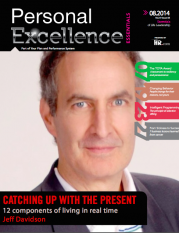
Personal Excellence Magazine (Aug 2014 issue) based in Canada featured our article.
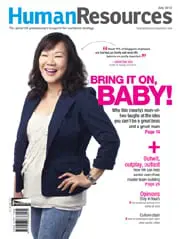
Human Resources Magazine (July 2012 issue), featured Teamwork Bound views on what it takes to engage senior managers.
Our Evaluations
Blog articles
Get started with Teamwork Bound
Want to learn what Teamwork Bound can do for you? See for yourself with a free trial, tests and short in house speaking engagements. We will assure you that our program evaluations meet 85% percentile score, failing which we will not charge for our training sessions.
